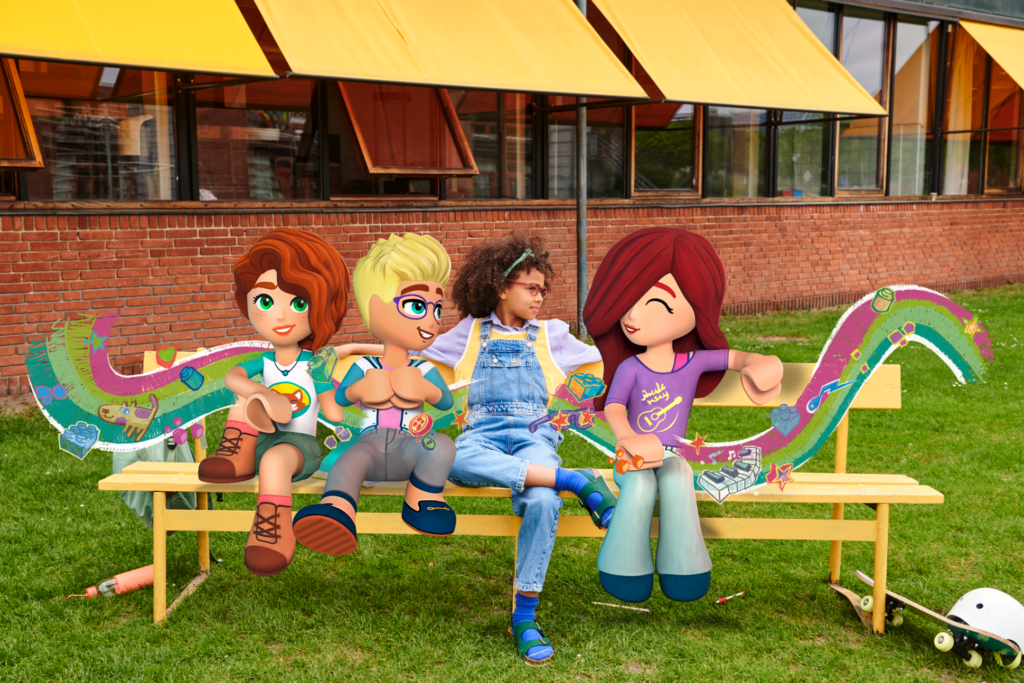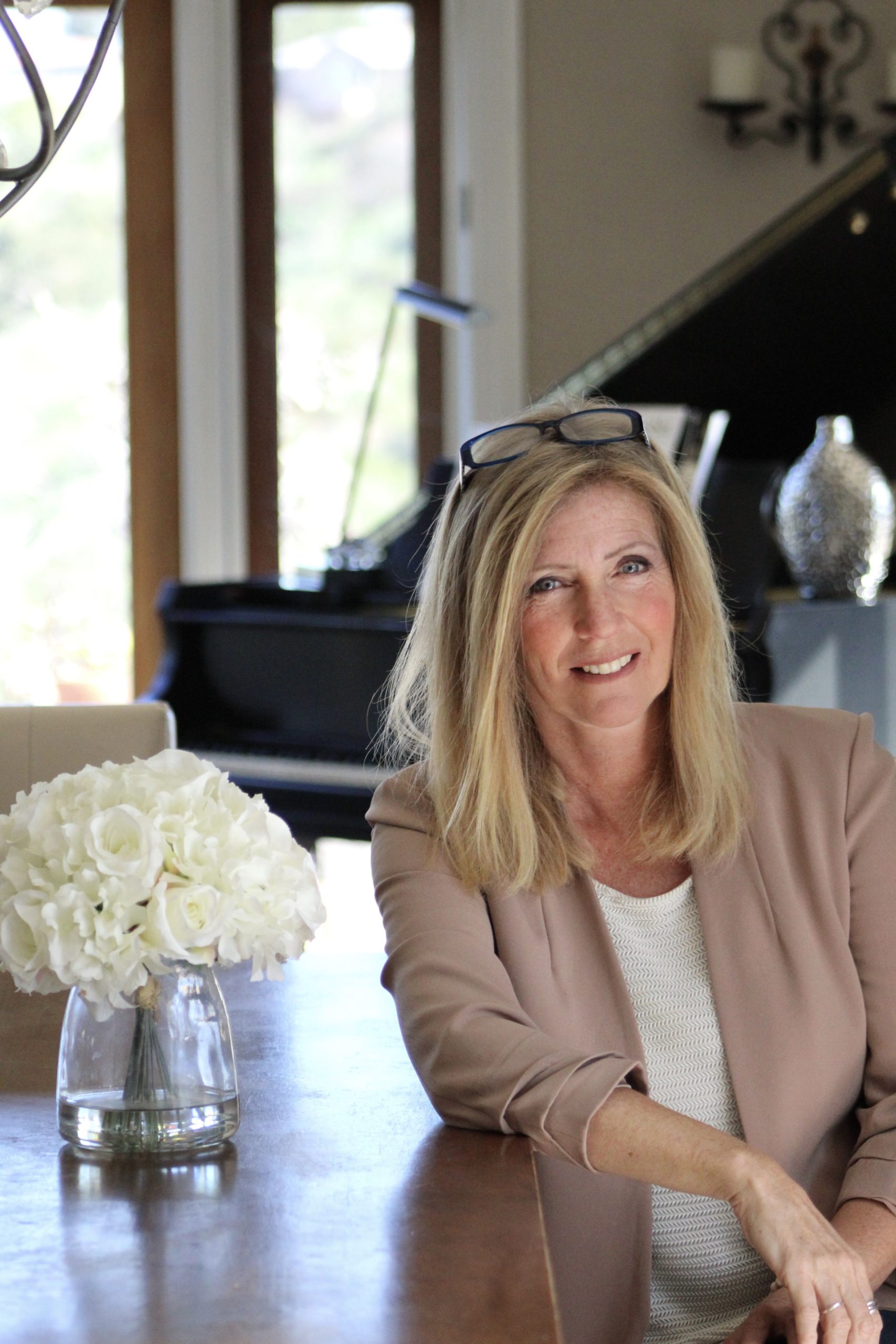When it comes to diversity in play (kids’ play, that is), Lego is leading the way. The brand has introduced a new Lego Friends Universe (product line and content series) that showcases a lineup of characters who set a new standard for diversity in kids’ toys and video content. The new Friends live with anxiety struggles and represent various other forms of diversity, which come at a time when kids and parents are calling for more representation and inclusion in everyday life. We chatted with family and child expert Jennifer Kolari to learn more. —Noa Nichol

Tell us about your work and your experience with kids’ mental health.
I am a family therapist and clinical social worker and have been working with children and families for the last 30 years. I run an organization called Connected Parenting and am also the author of written books, host two podcasts and am a public speaker. At CP, we work with both children and parents; with children, we offer individual therapy, play therapy and cognitive behavioural therapy. We help children learn to understand and control their emotions, so their emotions don’t control them. We like to think of it as helping kids to become emotional athletes. When we work with parents, we teach them to learn to use language, words, compassion and empathy as a form of powerful medicine; medicine that increases the reward chemicals. Essentially, we use the same techniques that therapists use to build strong connections and emotional resilience in children. We also help parents to set healthy limits.
Why are kids so anxious right now? Is it getting worse or better as time goes on?
I think this is a complicated question and it is a combination of several different things: the pandemic and frightening world events that are happening right now are huge contributors to childhood anxiety. In terms of a consistent rise in anxiety over time, I have a few different theories; one is that parents love their kids very much but struggle with setting limits. There was a lot of conflicting information in the parenting world around not setting limits and not giving kids timeouts and letting kids make choices. Most of us in the in the therapy world, especially those of us working with kids saw a massive increase in anxiety because kids felt like they had too much control and too much power. I think social media and the time that kids spend on devices is also a part of this the increase in childhood anxiety. I think another contributor is that kids don’t have enough time to play. There is not enough unstructured, non-directed play. Children use play, to work out their issues, to project their struggles outward onto their toys and then use that to sort it all through. In play, children can see different situations from many different sides. It is children’s natural medium and they work out their struggles and issues through play. The less they play, the less they are working through those important issues.
With pandemic restrictions behind us can we expect these statistics to shift towards more positivity?
I’m not so sure about that—truth be told, before the pandemic, children had already been struggling with anxiety and I think it’s going to take a while to unpack all of the ways the pandemic affected children. Adults are also still reeling from the whole experience. I think it really threw everyone for a loop and has had a huge impact on mental health. I would expect it to get a little bit better over the coming months, but we were already on a trajectory where children’s mental health was not great prior to the pandemic.
How can Lego Friends sets help support children in play and help them addressing negative emotions?
First of all, I think it is so wonderful that Lego Friends sets are so inclusive. I love that children can see these little characters that look like everyone else in the world and not just one type of child. It is so healthy that these sets include dolls with different physical traits and different ethnicities, abilities, gender, invisible disabilities and differences are all reflected. That is soothing and comforting to all children and is an accurate representation of their world. I also think it is so important that the toys don’t all look happy and that they have different emotions and different expressions on their faces. Truthfully there is no such thing as negative emotions. Emotions are information. You can’t have happiness without sadness. It is about duality. You can’t have anger without peace, all of these different emotions are essential and there’s different points in our lives when they’re going to be relevant for us. If children have the idea that certain emotions are negative, not allowed or not okay, they won’t learn how to process those emotions. Children need opportunities to learn how to metabolize those emotions, how to feel them, acknowledge them, honour them and release them. This integration of emotions is one of the keys to good mental health. So, as children use these wonderful, creative, realistic play-sets they can project all of their feelings onto the characters and into the scenes they create. As they play with toys, they will start to realize how the characters might feel if someone’s mean to them, hurts them or leaves them out. As the child plays, all the different parts of their awareness expand and they develop social awareness that can transfer to real life. The same things happen when children play with toys together. In this way they start to see and feel what works, what feels right and, what doesn’t feel right which helps them gain perspective. Once they work through these themes, you will start to see resolution in the play scenarios. Problems start getting fixed, situations get solved and characters start coming together. If parents are able to observe their child’s play a little bit, (don’t hover over them) or even join the play a little bit without guiding it, they will start to see some of these trends and themes being resolved.
Why is it so important to kids? Why does play help them achieve?
Play is critical because it is children’s natural way to work out problems. Children project their inner world onto their toys or dolls and begin a wonderful and magical journey into the imagination where things get sorted out and understood; children must do this in an external way. Children need to externalize ideas and concepts so that they can see them, move them around and play with them. They also get to rehearse things and practice how to ask someone to play or how to forgive somebody or how to apologize. Toys like Lego Friends help kids to experience all the different facets and complexities of social relationships. Most of all they get to exercise the most important muscle: imagination.

Be the first to comment